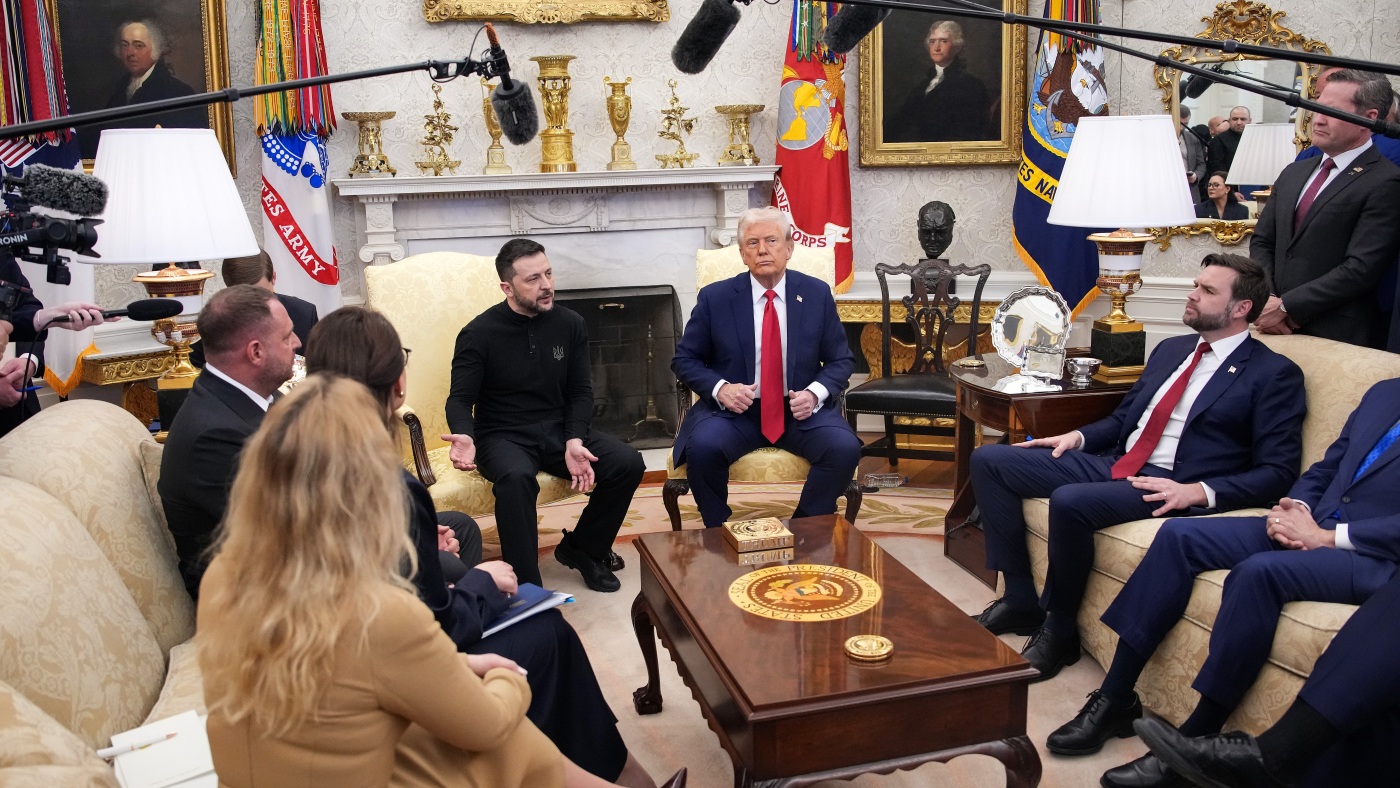
China and Russia are deepening their scientific collaboration, leveraging their geographic positions across the vast Eurasian continent and a longstanding relationship rooted in shared research goals. This cooperative approach comes at a time of rapid technological advancement and global competition in sectors like artificial intelligence, quantum computing, space exploration, and energy innovation.
Rather than pursuing parallel, independent research tracks, the two countries are exploring ways to pool their intellectual and technical resources. The strategy involves jointly utilizing valuable assets such as research time and high-performance computing infrastructure—particularly GPUs (Graphics Processing Units), which are critical to cutting-edge AI and simulation research.
Both nations have a legacy of cooperation dating back to the mid-20th century, particularly in areas like aerospace, nuclear power, and education. In recent years, mutual initiatives such as joint laboratories, shared academic programs, and bilateral technology forums have expanded. Current collaboration encompasses projects addressing climate change, high-speed rail innovation, biotechnology, and digital infrastructure.
The renewed focus on collaboration is also shaped by geopolitical considerations. Amid shifting global alliances and rising tensions with Western powers, both Beijing and Moscow are increasingly motivated to build a self-reliant research ecosystem across Eurasia. Pooling capabilities enables more efficient use of time, funding, and scientific talent, strengthening both countries’ positions on the global stage.
The practical implications of this partnership are already visible through shared satellite missions, coordinated data sharing for environmental monitoring, and synchronized quantum communication trials. Broader collaboration channels are expected to be institutionalized through upcoming summits and forums dedicated to Sino-Russian scientific cooperation.
By choosing unity over parallelism, China and Russia signal an ambition to shape the global research agenda from a Eurasian perspective—transforming what was once a competitive landscape into a strategic partnership with global ramifications.
Source: https:// – Courtesy of the original publisher.








